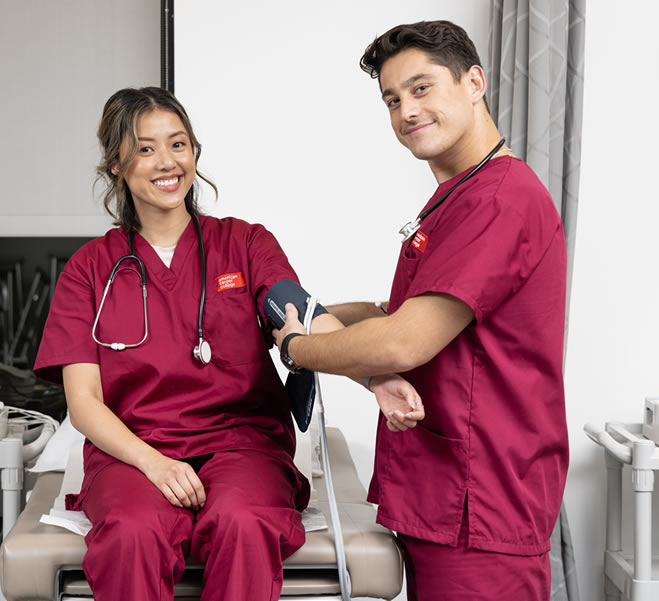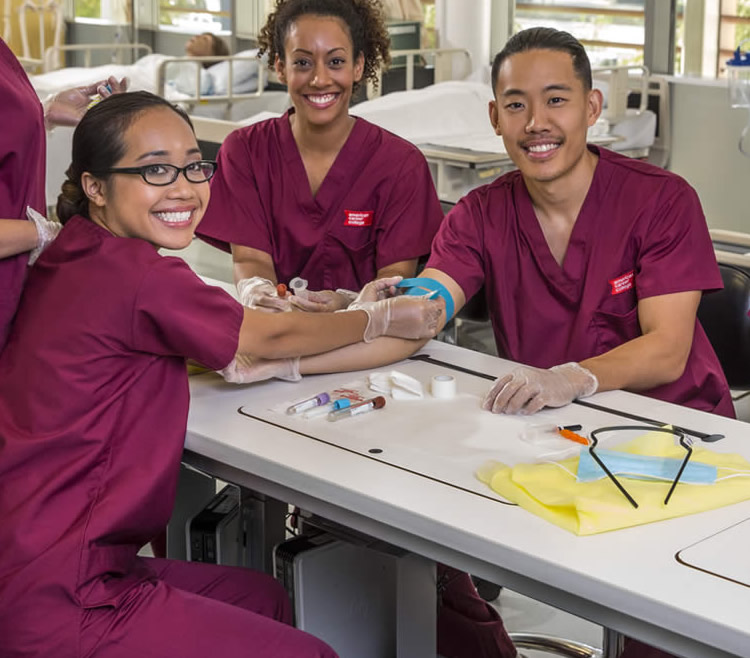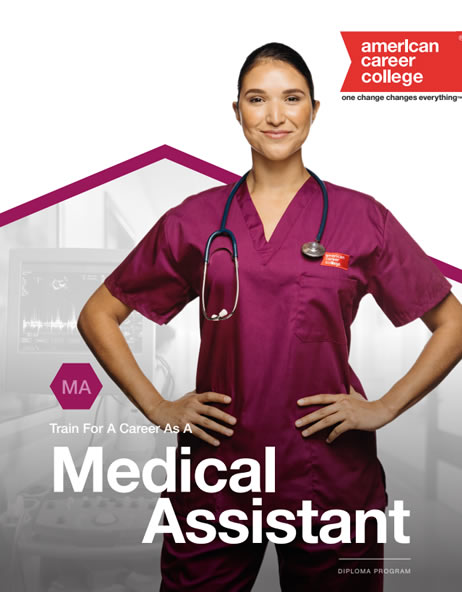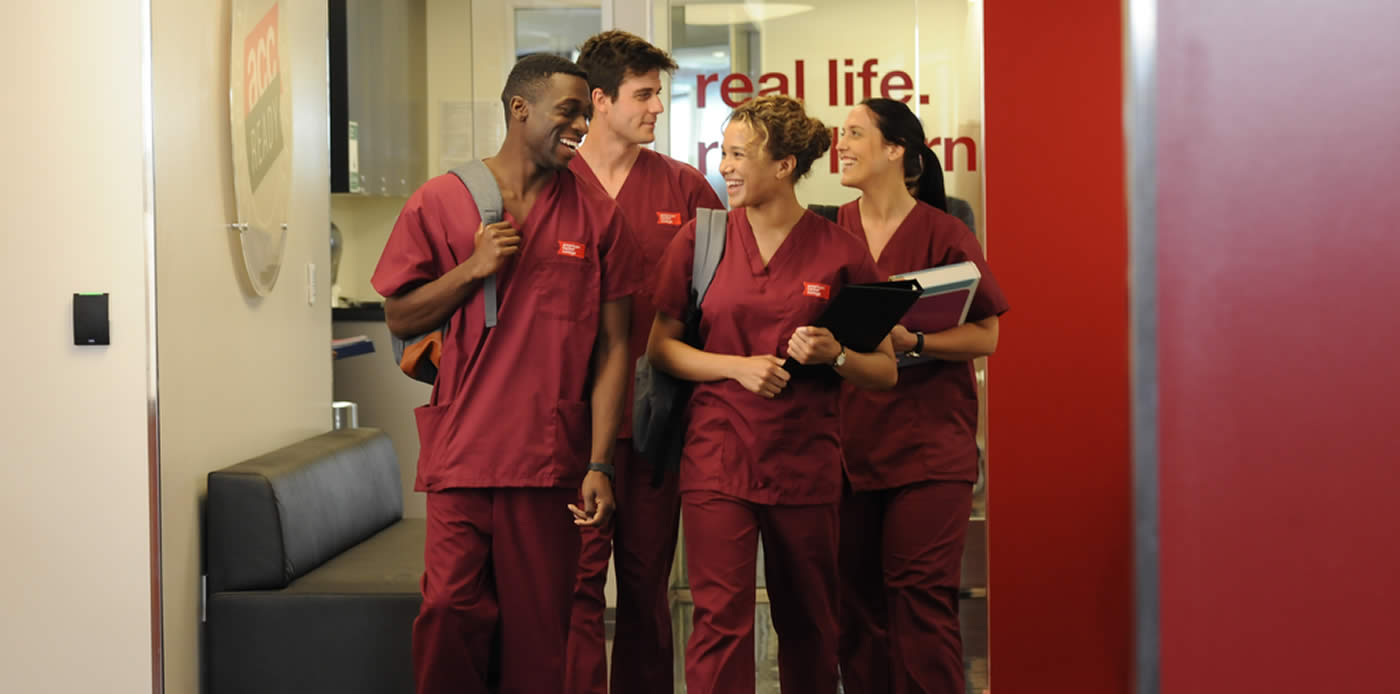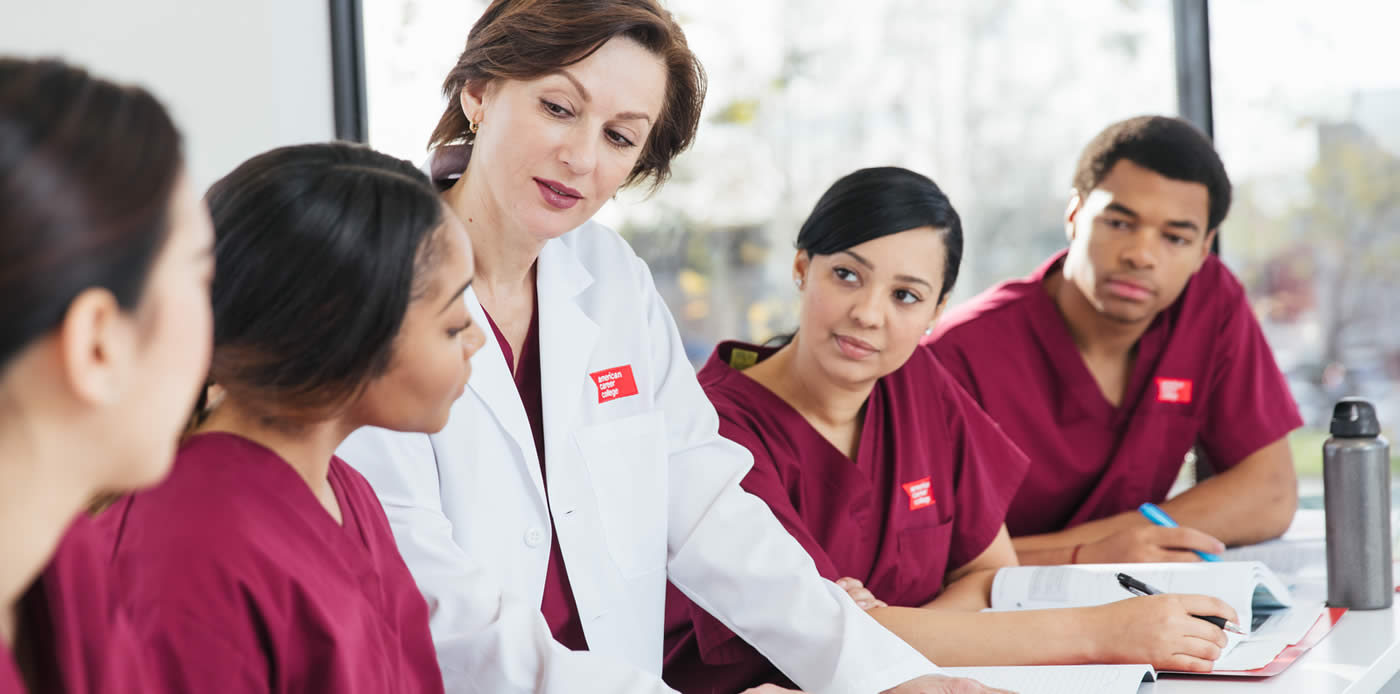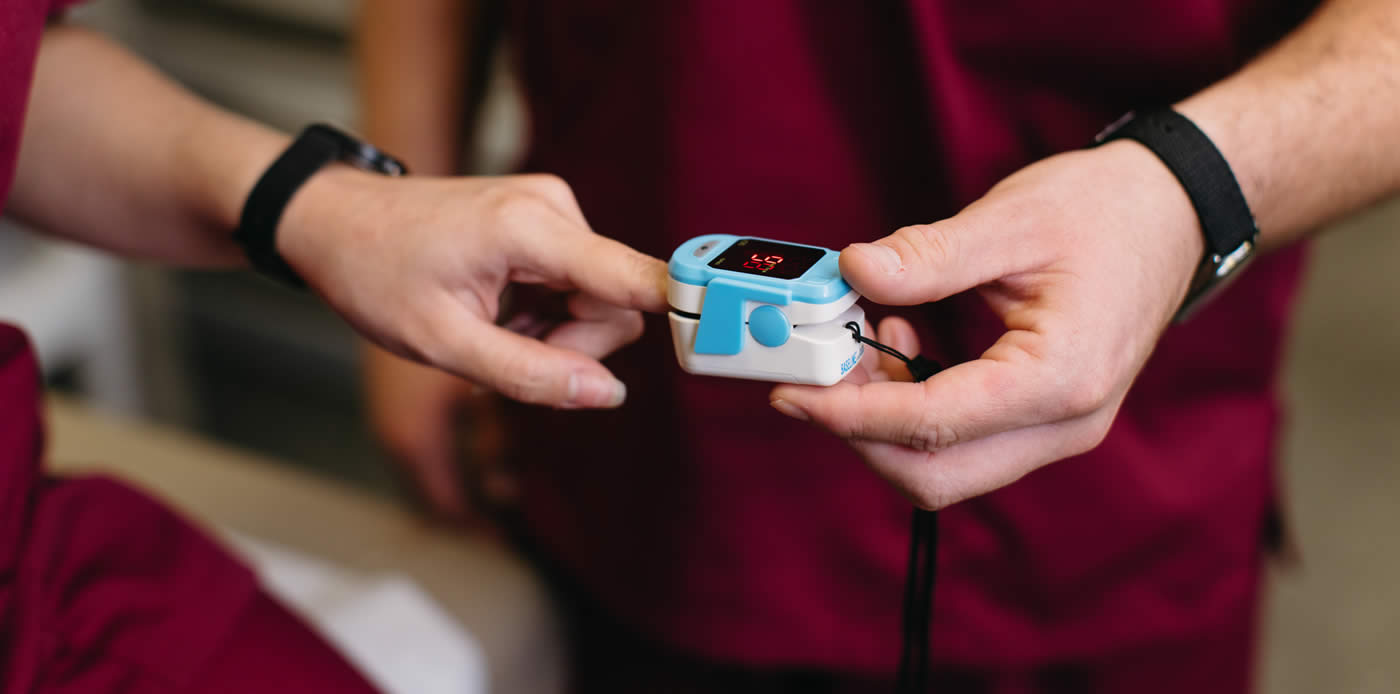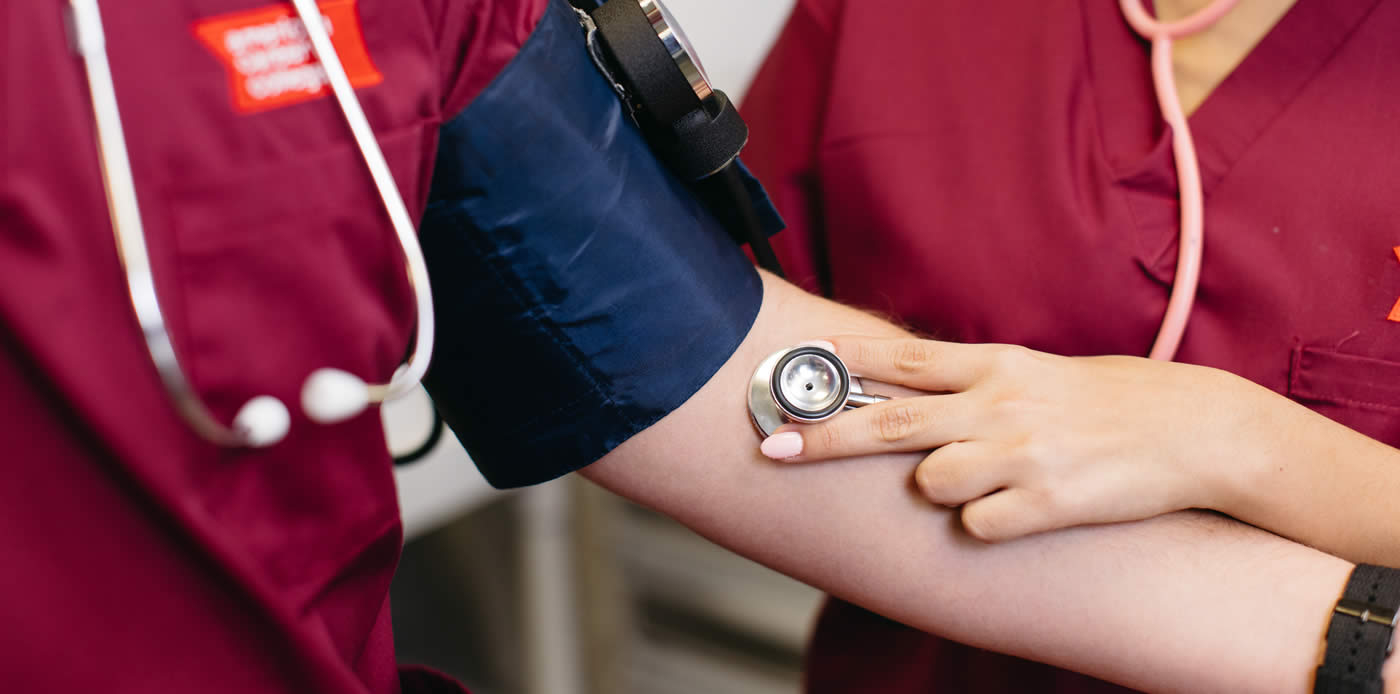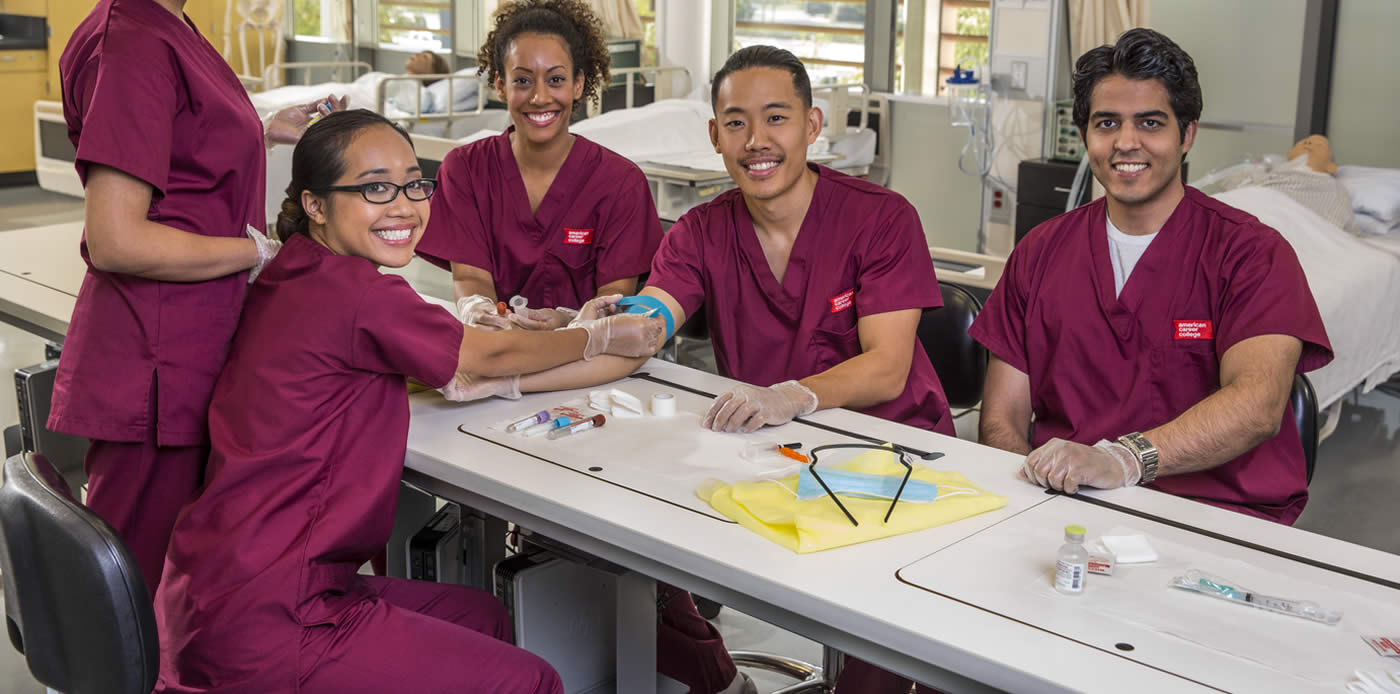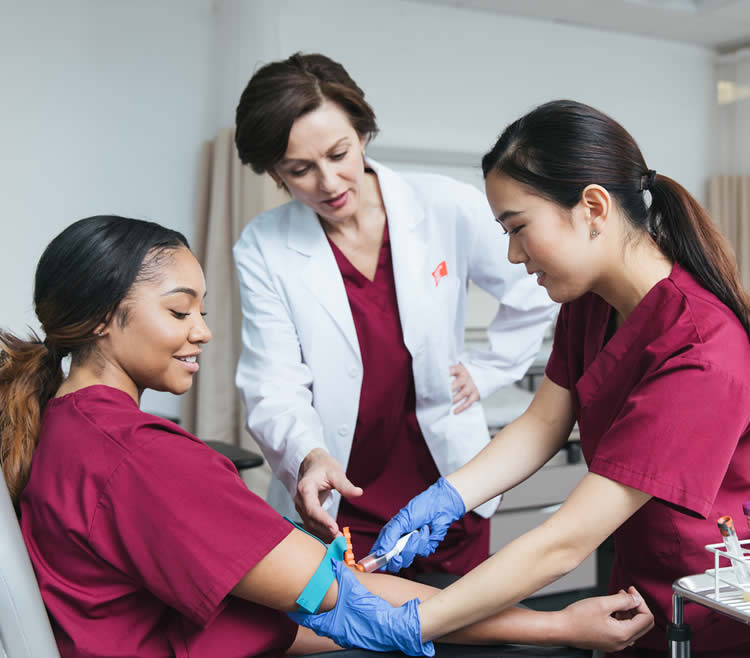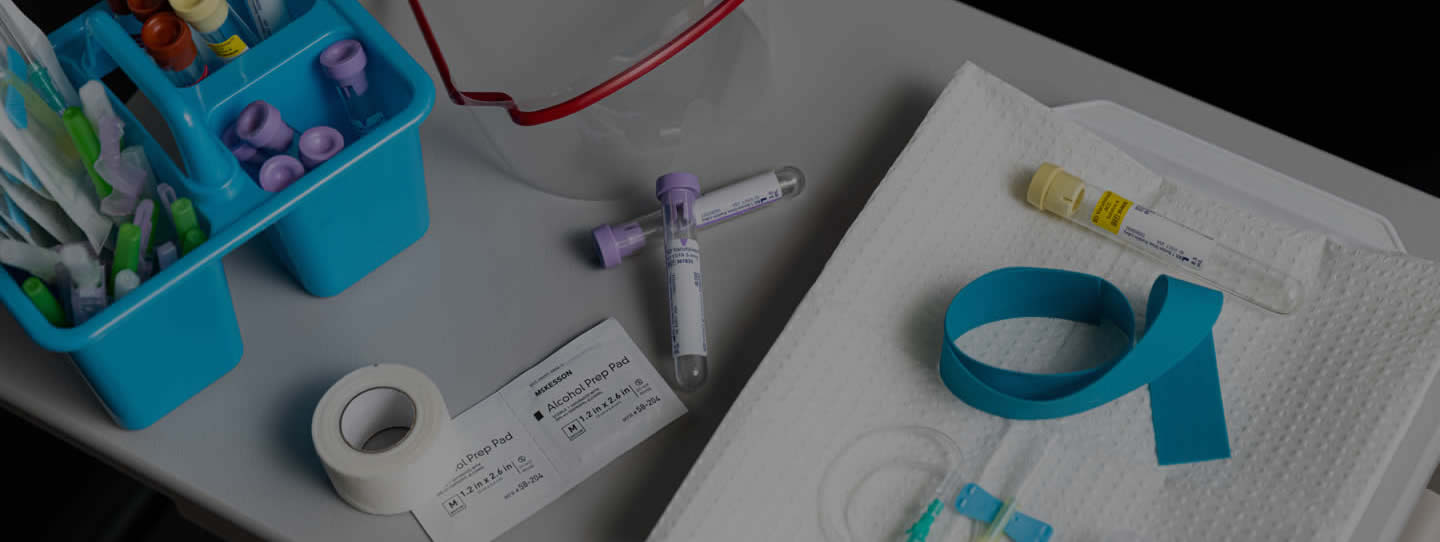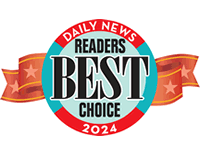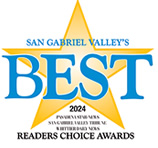What is a medical assistant?
What will I be trained to do as a medical assistant?
Students in our Medical Assistant program will be trained to perform duties such as the following, which are aligned with the standard duties of medical assistants in California:
- Schedule appointments
- Check office and lab supplies
- Prepare treatment rooms for patient examinations
- Run routine lab tests
- Take and record vital statisticsand medical histories
- Provide patients with explanation of medications, treatment procedures, physician instructions, etc.1
1California Employment Development Department, California Occupational Guides, Medical Assistants
Am I a good fit for the Medical Assistant program?
If you love working with people and are good at making themfeel at ease, you might enjoy being a medical assistant. Here are some of the top skills and attributes that make for a great medical assistant:
Active listening – Not only do medical assistants greet patients, but they also speak with them to obtain medical information. Being a good listener allows a medical assistant to properly obtain essential information.
Critical thinking – Medical assistants are essential in the workings of a healthcare office. Critical thinking can help them more efficiently manage office schedules, inventory, and tasks.
Service orientation – A great medical assistant isone with a passion for helping patients and for providing the best carepossible.
Time management – Medical assistants have to effectively manage their own time between attending to patients and handling office tasks.
Communication – When working with patients, medical assistants have to be strong communicators, especially when speaking to patients and providing healthcare instructions.
Where can I work as a medical assistant?
What will I learn in the Medical Assistant program?
This class curriculum is divided into learning units called modules. Students are required to complete the Introduction to Healthcare class module before beginning the standalone core class modules. The final component of thecourse curriculum is a 200-hour school externship that will be arranged for youat an appropriate local healthcare facility. Modules for the American Career College Medical Assistant program include:
Introduction to Healthcare Professions – The course provides an overview of healthcare professions, including the history of medicine, ethical standards, medical terminology and behaviors that are expected of professionals in the field.
Medical Assistant Roles and Responsibilities – Topics covered in these courses include the legal responsibilities of physicians and healthcare team members, the importance of asepsis and sterile techniques, medical emergencies and first aid procedures, and how to interact and communicate effectively in a professional environment.
Office Procedures and Clinical Practices – In these courses, you will be challenged to learn and identify the basic structural components and functions of the skeletal, muscular, digestive and integumentary systems. Emphasis is placed on patient care, including the complete physical exam and positioning, and draping for a variety of procedures.
Medical Terminology/Transcription/Patient Records – Coursework in this module covers use of the medical dictionary, medical terms,and medical abbreviations. You will also learn how to obtain information from patient charts and ledgers to complete insurance forms accurately.
Electrocardiogram and Laboratory Procedures – In these courses, you will receive training in the circulatory and respiratory systems, including the structure and function of the heart and lungs. You will learn about the electrical pathways of the heart muscle in preparation for connecting EKG leads and recording an electrocardiogram.
Medical Office Business Procedures – These courses focus on preparing you with an understanding of billing, collecting, and banking procedures. You will learn how to schedule appointments and effectively communicate on the telephone using proper etiquette.
Clinical and Surgical Procedures – In these courses, you will learn to identify the basic structural components and functions of the neurosensory, endocrine, andreproductive systems. You will also be introduced to assisting in minorsurgical procedures and to the importance of patient education.
Medical Assistant School Externship – Under the direct supervision of qualified personnel, you will be given the opportunity to demonstrate and reinforce the knowledge and skills presented and practiced throughout the program.
For a complete description of coursework in these modules, please refer to the ACC Catalog.
How long will it take to earn my Medical Assistant diploma, and what is the program type?
Students can earn their diploma to become a medical assistant in as little as 9 months at ACC. The program features a blended format with 2 days in class and the rest online. Weekend classes are available at all three campuses: Los Angeles, Ontario, and Anaheim.
How do I apply to the Medical Assistant program?
You can apply to ACC online. To be eligible for admission into the Medical Assistant program, you will need to:
- Meet with an admissions advisor
- Show proof of high school graduation or a recognized equivalent
- Pass a standardized entrance exam
- Complete an enrollment agreement
- Pay a non-refundable application fee upon enrollment
For the full list of admission requirements, please visit the ACC Catalog.
How much does the Medical Assistant program cost?
Our admissions advisors and financial aid advisors are here to support you. They can help you figure out the Medical Assistant school cost and guide you as you explore financial aid options. Learn more about ACC’s Medical Assistant program tuition cost.
Is financial aid available for the Medical Assistant program?
Yes, financial aid and scholarships are available for those who qualify.
Will I get real-world training?
Yes! ACC's Medical Assistant program includes a 220-hour externship which gives students the opportunity to demonstrate and reinforce the knowledge and skills they acquired learning hands-on throughout the training program.
What is the difference between a medical assistant and a nurse?
